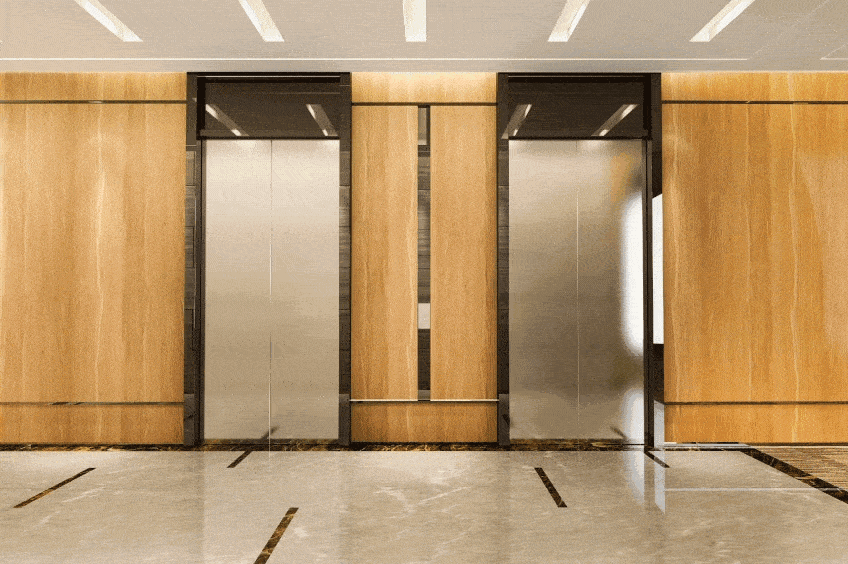
Although trees are a renewable natural resource, forests are being cut down faster than they can be replenished. Trees serve a variety of critical functions, including:
- habitats for birds, insects, and other animals
- food sources like fruit and nuts
- oxygen production
- water filtration
- erosion prevention.
Despite trees’ integral roles in most ecosystems, the Earth’s tree cover is in jeopardy. Natural causes, such as pest infestations and forest fires, can swiftly wipe out acres of trees. These events can wreak havoc on an ecosystem, disrupting water and soil systems, wildlife, and more. However, the intentional clearing of trees to transition the land to non-forest use — commonly referred to as deforestation — remains the most detrimental threat to trees. Deforestation commonly occurs for agricultural purposes and the harvesting of natural materials, such as lumber and palm oil.
According to the Food and Agriculture Organization of the United Nations, deforestation is considered one of the leading causes of climate change, second only to the burning of fossil fuels. Clearing land of trees presents a two-fold problem related to carbon emissions. First, the deforestation process emits greenhouse gases. Secondly, trees help mitigate greenhouse gases by taking in CO2 and converting it to oxygen. When those trees are removed, more greenhouse gases remain in the environment.
Knowing the far-reaching importance of trees, we must take steps to preserve forests by minimizing the use of natural resources and reducing waste within the architecture and design community. A product that can help accomplish that objective is 3M DI-NOC Wood Grain Architectural Finishes.
Table of Contents
3M DI-NOC Wood Grain Architectural Finishes: The Sustainable Solution
3M DI-NOC Architectural Finishes are sustainable resurfacing materials made of vinyl and a pressure-sensitive adhesive. DI-NOC Wood Grain Finishes resemble natural wood to an astonishing degree but at a lower price point and with less disruptive installation. 3M’s surfacing refinishing solution provides several advantages over using natural materials.
Mimics Appearance of Natural Wood
3M DI-NOC Architectural Finishes help minimize the use of natural resources without compromising aesthetics. With DI-NOC Wood Grain Finishes, you can achieve the appearance of rustic pine, rich mahogany, and countless other wood varieties without contributing to deforestation.
Uses Existing Materials
3M Architectural Finishes are also sustainable because they allow you to repurpose existing surfaces. Rather than throw out perfectly functioning doors that just need a little facelift, refurbish them with DI-NOC. By using existing materials, you’re keeping waste out of landfills in addition to minimizing the depletion of the Earth’s natural resources.
Accommodates Changing Trends & Preferences
Design trends and even individuals’ personal preferences are constantly evolving. For example, the all-white cabinetry trend is slowly phasing out. Instead of investing in new cabinets everytime the trends change, utilize architectural finishes to incorporate richer wooden tones into your space. DI-NOC helps you stay on the cutting edge of interior design while making sustainable choices.
Mitigate Deforestation with 3M DI-NOC Wood Grain Finishes
3M’s Wood Grain surface refinishing solution offers an eco-friendly alternative to luxurious wooden architectural elements. Breathe new life into your space without sucking the life out of the environment with 3M DI-NOC Wood Grain Architectural Finishes.

Energy Products Distribution is a Master Distributor of 3M Window Films, 3M Paint Protection Films, 3M Wrap Film Series 2080, 3M Protection Wrap Films, 3M Architectural Finishes, 3M Ceramic Coatings, and Windshield Skin. We sell our products to professional installers throughout the US who provide turnkey installations (labor and material) to end-users in the automotive, commercial, government, and residential markets. Contact us to learn more about the benefits of these products.









